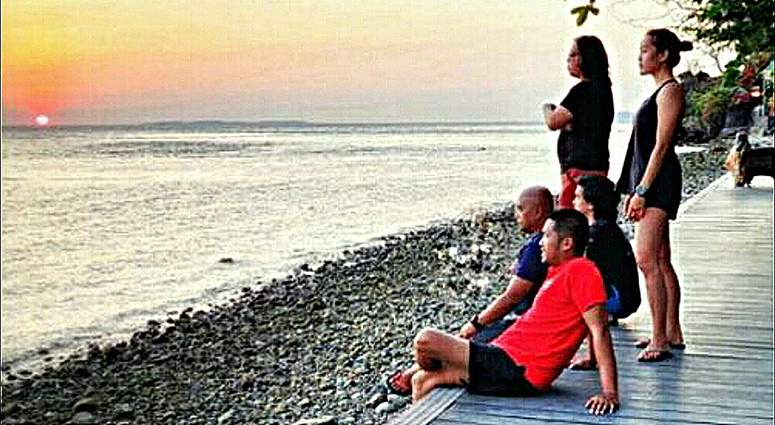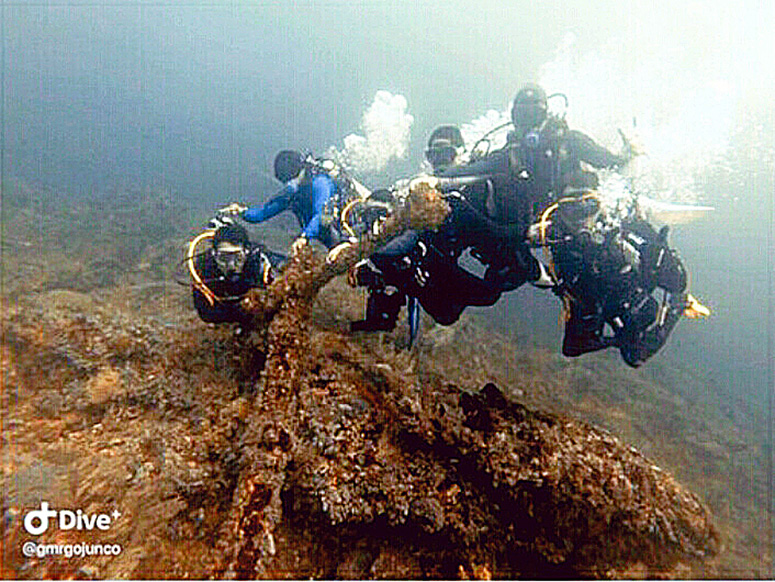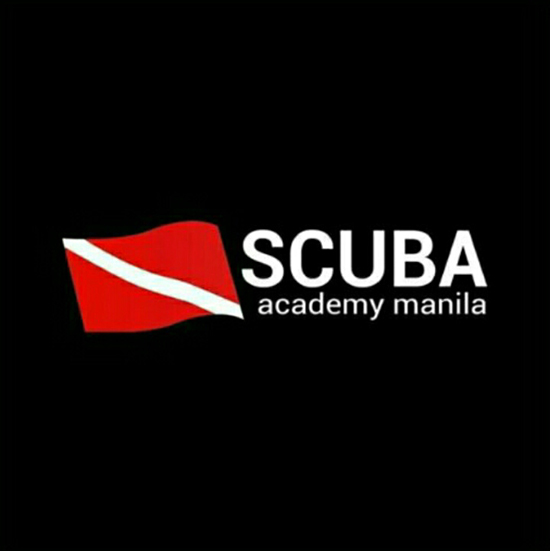“Not knowing how to dive is like having a Ferrari and not driving it,” quipped a foreign diving instructor who lamented Filipinos’ indifference toward scuba diving. He was merely emphasizing the fact that the Philippines is part of the Coral Triangle which includes Malaysia, Indonesia, Solomon Islands and others. Aptly called Amazon of the Seas, the Coral Triangle is the global center of marine biodiversity. It has more than three quarters of coral species and six out of seven turtle species of the world among other data. If it’s any consolation, we don’t have the predatory great white shark.
Is it safe?
With proper training and equipment, scuba diving is a relatively safe sport. Gone are the days of the macho image when the BCD (Buoyancy Compensator Device) was invented. This devise enables the diver to control his buoyancy in ascending or descending with just a press of a button. Even before, in the 1940s, Emile Gagnan and Jacques Cousteau improved the diving regulator so that one can breathe on demand. Dive computers and other technological advances have made diving safer, enjoyable and accessible to more people.

History
SCUBA is an acronym for Self Contained Underwater Breathing Apparatus. It has a long history in early Greece and Rome when it was used for war and food gathering. Holding one’s breath was the norm, then it evolved into barrels and diving bells until the general acceptance of Gagnan and Cousteau’s invention. Over the years, technical diving such as rebreathers and mixed gases have slowly gained popularity with advanced divers. Ironically, free diving or apnea (breath holding), with their very long fins, is back, attracting followers especially the youth. Abroad, it may be competitive, but here, it is mostly recreational. But we do have a Philippine Freediving Team. Diving has come back to its roots in full circle.
Bajau, Muro-Ami, etc.
In the Philippines, we have the Bajau—sea nomads—who are natural free divers. They can amazingly stay underwater for several minutes and seem to “walk” on the ocean floor while spear fishing. Sadly, some of them use this aquatic skill to pick up coins thrown overboard from ships.

On several parts of the country, there were illegal fishing techniques done by desperate fisherfolk. One is Muro-ami, which catches schools of fish with a big net. Divers smash the corals to trap the fish. In one of my backpack travels in Cebu, I was shocked to see a streamer which flaunted “Welcome to Muro Ami Country.” Another fishing method is Pa-aling, where divers are attached to an air compressor through long tubes. They produce bubbles from the tubes to entice the fish into the net. What makes these techniques contemptible is the fact that they use child labor. Cyanide fishing, which stuns aquarium fish, also uses air compressors and damages corals and other marine animals. The worst is dynamite fishing which kills and maims innocent fisherfolk. I have personally encountered those cyanide and dynamite fisherfolk in a safety diving session I conducted and noticed some of them had missing limbs and are hard of hearing.
The basics

For the Manila-based diver, the most accessible dive destination is Anilao, Batangas which is just a three-hour drive. For those with more time, Puerto Galera in Mindoro is the next choice. Lecture classes are held before pool sessions. Some dive agencies recommend a swim test before enrolling. The culmination will be the open water dives, usually five, in one weekend in Anilao. During that weekend, there is a written exam on diving physics and dive tables.
Where to dive
Once qualified, you may now venture to other dive destinations. In mainland Luzon, there are the WWII wrecks in Subic. Coron, Palawan also has wrecks plus a unique Cayangan Lake diving where you can experience a thermocline. In Cebu, there’s sardine run in Moalboal, thresher shark in Malapascua, and marine sanctuary diving in Sumilon. In Bohol, wall diving is a few kicks from Balicasag. Still, for the Filipino diver, the ultimate diving mecca is Tubbataha. This UNESCO World Heritage Site can be accessed only through a five-day diving safari from Puerto Princesa. For nearby overseas, don’t miss Sipadan in Sabah, Sangalaki in Sulawesi, and the Brunei wrecks. Further in the Pacific are Truk Lagoon and Palau in Micronesia.

Cost and cost cutting
The cost of training may be cheaper than your mobile phone or your laptop. Equipment may be rented though it is advisable to have your own mask and snorkel. One way to save on diving is to have a dive buddy or better yet a group of friends, preferably six, because that is the usual capacity of a banca. When I started diving, I was a member of the Quezon City Red Cross Rescue Team. Later, I joined an environmental organization, Haribon, then organized my own island hopping tours. Most of my dives were partly subsidized because of their voluntary nature. The only time I spent my own money were my once-in-a-lifetime overseas dives.
From Jules Verne to James Bond, the kid in me is still at it when I go diving. We Filipinos are lucky that we live in an archipelago of 7,640 islands with the second longest tropical coast line in the world. With all these factors in our favor, wouldn’t you dare to dive?
For diving lessons, please contact : Gordos Mateo R. Gojunco, Scuba Academy Manila
+639178926573 or email
JP Ordona (Manilakad) leads Manilakad Walks in Intramuros, Binondo, Quiapo and more. In between, he writes, climbs, dives and more. Let him guide you to several walking destinations in Manila. Manilakad (JP Ordona) can be reached on Facebook Messenger or through text at 0916-3597888.
